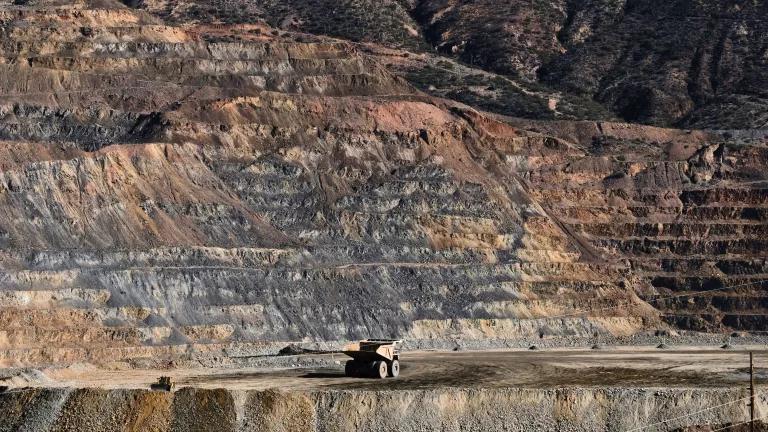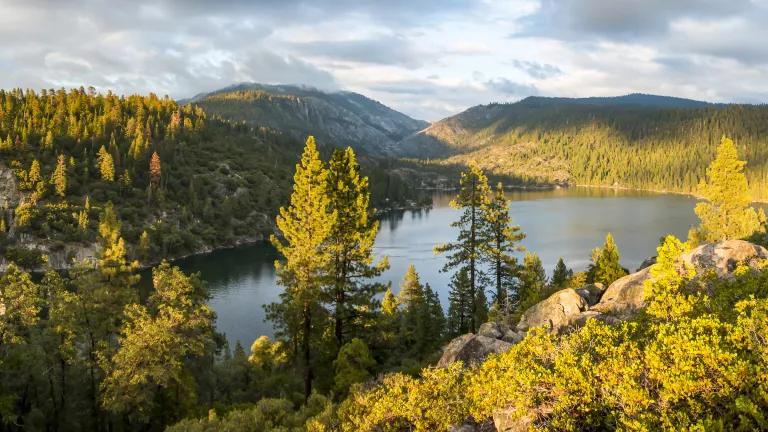Continuing with my summary of Lee Lynd, Mark Laser, John McBride, Kara Podkaminer, and John Hannon's chapter on the myths surrounding the potential for ethanol to play a large role in providing energy service needs. (Here's part 1 and a link to the book, "Energy and American Society - Thirteen Myths.") In part 1, I reviewed Lee et al.'s explanation for why there are such wildly divergent claims about the amount of land needed for biofuels to contribute significantly to our energy service needs. Here I'm going to summarize the author's explanation for why technical constraints are not likely to limit the role of biofuels.
[As an aside, a recent post by Robert Rapier on his great blog, R-Squared Energy Blog provides a good example of extreme claims about the land needs of biofuels. In the post, Robert calculates that even if the entire 4 billion acres of arable land worldwide were planted with rapeseed, we could only produce about a third of our current petroleum usage. Now I generally agree with many of Robert's points and have probably made similar calculations myself, but they really are uninteresting and dispositive of nothing other than we can think up bad ideas. It's much more helpful to spend time coming up with useful technological possibilities and policies that will encourage these possibilities and guard against unintended negative consequences. Now back to our regular programming.]
Lee and his coauthors address the technical limitations of biofuels in two ways. First they refer to a range of studies by leading experts (including themselves) showing why for each of the variables that impact the amount of land needed for biofuels, values that reduce land needs are eminently achievable. (Recall that these variable are: how much we drive, the fuel economy of our vehicles, the conversion efficiency of biomass to fuel, the amount of biomass residues or coproducts we can collect from existing agricultural lands, and the yield of energy crops grown on new acres.) I'm not going to review their arguments and references here, but I would note the following for each variable:
- How much we drive (a.k.a. vehicle miles traveled or VMT) - NRDC has some new research on the potential and the policies needed to achieve it that we hope to be publishing this fall and our numbers are in the same ballpark as the more aggressive ones cited by Lee et al.
- Fuel economy of our vehicles - plenty of evidence of the technical potential for the high end and with Congress finally moving on increasing CAFE more reason to believe that large improvements are politically possible. The authors also don't include any credit for partial electrification of vehicles through plug-in hybrids. This should probably be tracked as a separate variable (that how we do it internally), but it can also be thought of as an improvement in our liquid fuel MPG.
- Conversion efficiency of biomass to fuel - Nobody knows the potential for improvements better than Lee Lynd, but fundamentally the question marks will remain around these values until the first commercial plants are built. The good news here is that cellulosic conversion is now a private sector project rather than just a government/academic R&D effort and there are multiple conversion pathways being simultaneously pursued. But nevertheless the proof will be in the pudding.
- The supply of biomass residues and coproducts (or how much we can integrate cellulose production into existing agricultural production systems) - This is where the greatest environmental potential and risk lie. Integrating production avoids pressure on new lands and native ecosystems. Some approaches would reduce water pollution and soil erosion and increase wildlife habitat and soil quality. Or integration can be done by denuding the land of residues, dramatically increasing irrigation, fertilizers and pesticides. The challenge is not just getting lots of biomass, it's getting it in the right way and this is going to require in agriculture and ag policy.
- Energy crop productivity - Here I'll just refer to an earlier post on GMOs and feedstocks and back to the questions surrounding residues.
After looking at the technical potential to reduce the amount of new land needed, they turn to look at the overall demand for arable land for food, feed and fiber. Basically they ask if the dynamics of pullulation growth and food productivity will leave any room for biofuels even if all of the variables discussed above fall into place. They start this by creating a hierarchy of uses for biomass based on other viable sustainable alternatives. So for instance, food can only come from biomass, but heat and electricity can be generate from other sustainable resources (e.g. wind and solar). Here's their table presenting their hierarchy:
Of course just because biomass isn't uniquely suited as a sustainable source of an end-use doesn't mean that it shouldn't be used that way. For instance producing electricity can be a very high value use. But if, as I would argue, we need to start reducing GHG emissions now and it's going to take a while for electric power to win acceptance and be deployed in the transportation sector, then low-carbon liquid biofuels are a critical part of the mix.
Population and food productivity are way outside my expertise, but the authors present some fascinating and compelling evidence to suggest again that there's no reason technically for food to squeeze out biofuels. For instance they point out that in the last hundred years, the population of the US has tripled while the amount of land under cultivation has said basically constant. Looking forward, Lee et al. show how increasing food productivity is significantly more important than increased energy crop productivity in determining the availability of "new" acres for biofuels. Of course the productivity of food also interacts with the availability of biomass residues and coproducts from existing food acres and all the environmental impacts associated with residues. In short there are probably ways to increase food productivity and the availability of biomass for biofuels that are dramatic improvements for the environment across the board and ones that would be disastrous.
Interestingly this point is echoed in an interview of Amory Lovins today by David Roberts in Grist. Here's an excerpt from the interview:
Reports out recently cast doubt on the environmental advantages of biofuels. Have you ever reconsidered your support for them?
You're treating biofuels as generic and I don't think that's appropriate. There are much smarter and much dumber approaches to biofuels, and biofuels do not need to have the problems you refer to.
But even cellulosic ethanol has come under criticism lately.
Not from anyone knowledgeable that I'm aware of. Unless of course you need such large quantities of it, because you have such inefficient vehicles, that you start getting in land-use trouble.
.....
Now, your broader point: Should it not be part of an integrated spectrum of efforts? Yes, of course. We can triple the efficiency of our cars and light trucks without compromised performance and with better safety, and we could also, if we want to get really conservative, stop subsidizing and mandating sprawl so we'd have less of it.
Coming soon, I'll summarize what I take to be Lee, Mark, John, Kara, and John's overall message, which is that the real constraint will be on our willingness to adopt policies that drive innovation and change moving our economy towards a more sustainable energy future. I'll also raise some follow on questions and give some thoughts on what we need to be doing about it all.




